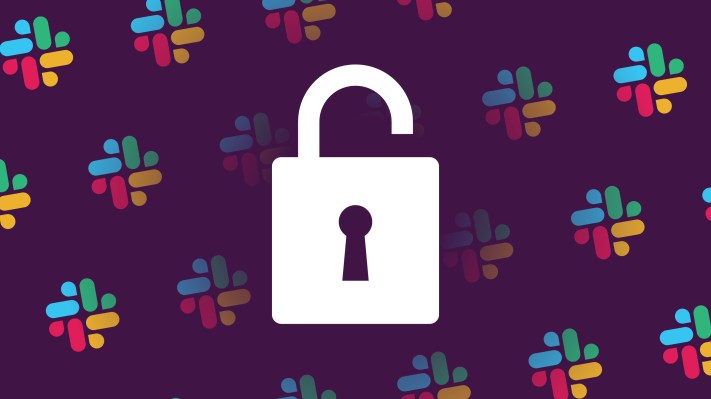Slack’s new DM feature Connect is, thankfully, opt-in - 4 minutes read

I’m sure I’m not the only one who had a minor meltdown on seeing that Slack had finally added the Connect feature it announced in October. I’m a firm believer that there are already entirely too many ways to get ahold of me. On top of the countless inbox pitches I field on a daily basis, Twitter, LinkedIn and Facebook have contributed to the barrage — and Clubhouse seems to be elbowing its way in.
Surely not Slack, too? That bastion of workplace productivity and Simpsons gifs has (mostly) been a safe haven. Today, the company added Connect, promising, “Employees at more than 74,000 organizations and counting can now securely direct message anyone – inside or outside their company.”
A convenient new resource for open communications? Or a Pacific Rim-style breach waiting to send a never-ending barrage of horrors into your workplace chat? Obviously that depends on a lot of things — including who you are and what you do. We have, however, reached out to Slack to get clarification on a few things, including just how open workplaces across the world will be to the aforementioned 74,000 organizations.
A spokesperson for the company told TechCrunch:
[A]n organization’s IT admins can control who has access to this feature, disable this feature for their teams, and monitor all external connections, including Slack Connect DMs. Once this feature is enabled, DMs can be initiated without the need for additional admin approval. If an organization has disabled Slack Connect DMs, their users cannot send or accept Slack Connect DM invitations. If an organization has limited the ability to accept Slack Connect DMs to those coming from verified organizations, their users will not be able to accept Slack Connect DMs from non-verified organizations. This will also help in preventing spam and phishing attempts.
In other words, the feature is opt-in, not opt-out. If the IT admins don’t turn the feature on, their users won’t be able to either send or receive DMs through the new system.
The company said the shift to remote work during the pandemic inspired the change, noting that an IDC survey found that 43% of respondents said their primary challenge during this transition was communicating and collaborating with external stakeholders. But the Connect feature itself didn’t seem to get fully vetted in Slack’s rush to address this problem. After users raised concerns about how email invitations could be used to harass others, it quickly removed the ability to customize those messages.
In a followup, the company told TechCrunch,
After rolling out Slack Connect DMs this morning, we received valuable feedback from our users about how email invitations to use the feature could potentially be used to send abusive or harassing messages. We are taking immediate steps to prevent this kind of abuse, beginning today with the removal of the ability to customize a message when a user invites someone to Slack Connect DMs. Slack Connect’s security features and robust administrative controls are a core part of its value both for individual users and their organizations. We made a mistake in this initial roll-out that is inconsistent with our goals for the product and the typical experience of Slack Connect usage. As always, we are grateful to everyone who spoke up, and we are committed to fixing this issue.
However, some of the upshots of the new feature include third-party app integration through services like Calendly (for scheduling), CrossBeam (for account mapping), and DocuSign (for, erm, document signing), and the ability to add more granular permissions about who can network with external partners, and to what extent those communications are protected and restricted.
Slack Connect is rolling out now and supports up to 20 organizations who can work together in the same space, the company says.
Source: TechCrunch
Powered by NewsAPI.org